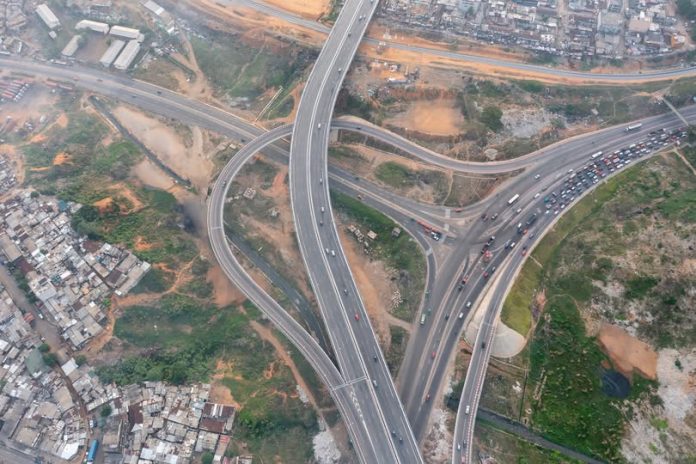The African Development Bank has approved a US$100 million loan to the Emerging Africa and Asia Infrastructure Fund (EAAIF), a blended-finance vehicle tasked with unlocking private capital for infrastructure projects across the continent. The financing, announced this week, is aimed at reducing Africa’s long-standing infrastructure gap by supporting renewable energy, digital connectivity and transport systems. areas where demand continues to outpace available investment and where delays directly affect economic growth, jobs and climate resilience.
Africa’s infrastructure deficit is routinely estimated at between US$68 billion and US$108 billion a year. In many countries, the effects are visible in daily life: transmission lines that do not reach fast-growing communities, ports that struggle to handle modern trade volumes, and rural areas where digital networks remain patchy despite rising mobile adoption. The EAAIF facility is designed to bridge some of this distance by pooling concessional resources with commercial capital, making it possible for high-impact projects to proceed even when investor risk perceptions are high.

The new AfDB loan will serve as a cornerstone in EAAIF’s wider plan to raise US$300 million before the end of the year. With that capital base, the fund expects to invest up to US$850 million across Africa and parts of Asia by 2027. Its track record has already shown how blended structures can unlock pipelines that would otherwise stall.
In East Africa, similar arrangements have made it possible for renewable power producers to reach financial close by lowering borrowing costs and absorbing early-stage risk. In West Africa, transport corridors financed through blended instruments have reduced logistics times for agricultural exporters, cutting spoilage losses and lifting incomes for smallholder farmers.
EAAIF’s managers say the additional resources from the AfDB will accelerate projects in renewable energy, digital services and transport, three sectors central to Africa’s economic future. Renewable power remains a priority because unreliable grids raise operating costs for manufacturers and limit the growth of small businesses.
Digital infrastructure has become just as critical, especially for countries trying to expand e-commerce, digital payments and remote work opportunities. Improved road and port networks, meanwhile, shape everything from food prices to the competitiveness of trade under the African Continental Free Trade Area.
The AfDB’s involvement signals confidence in blended finance as a tool to bring in private investors who might otherwise remain cautious, especially in lower-income markets. The bank’s participation also provides a layer of credibility that can reduce due-diligence hurdles and shorten the time between project design and implementation. For African governments facing climate pressures, high borrowing costs and growing demand for basic services, this approach offers a pathway to expand infrastructure without deepening debt vulnerabilities.
The announcement reflects a broader shift in Africa’s development finance landscape, where institutions are increasingly judged not only by how much capital they deploy but by how effectively they mobilize additional investment. As the continent’s population continues to grow and climate risks intensify, the ability to turn one dollar of public finance into five or more dollars of total investment is becoming essential.
For communities waiting for better transport routes, cleaner power or reliable internet, the significance of this loan will be measured not in financial terms but in tangible improvements to daily life. If EAAIF succeeds in meeting its 2027 targets, it could offer a replicable model for how Africa can finance the infrastructure it needs, with public institutions lowering the barriers and private capital helping carry the weight.
Engage with us on LinkedIn: Africa Sustainability Matters





